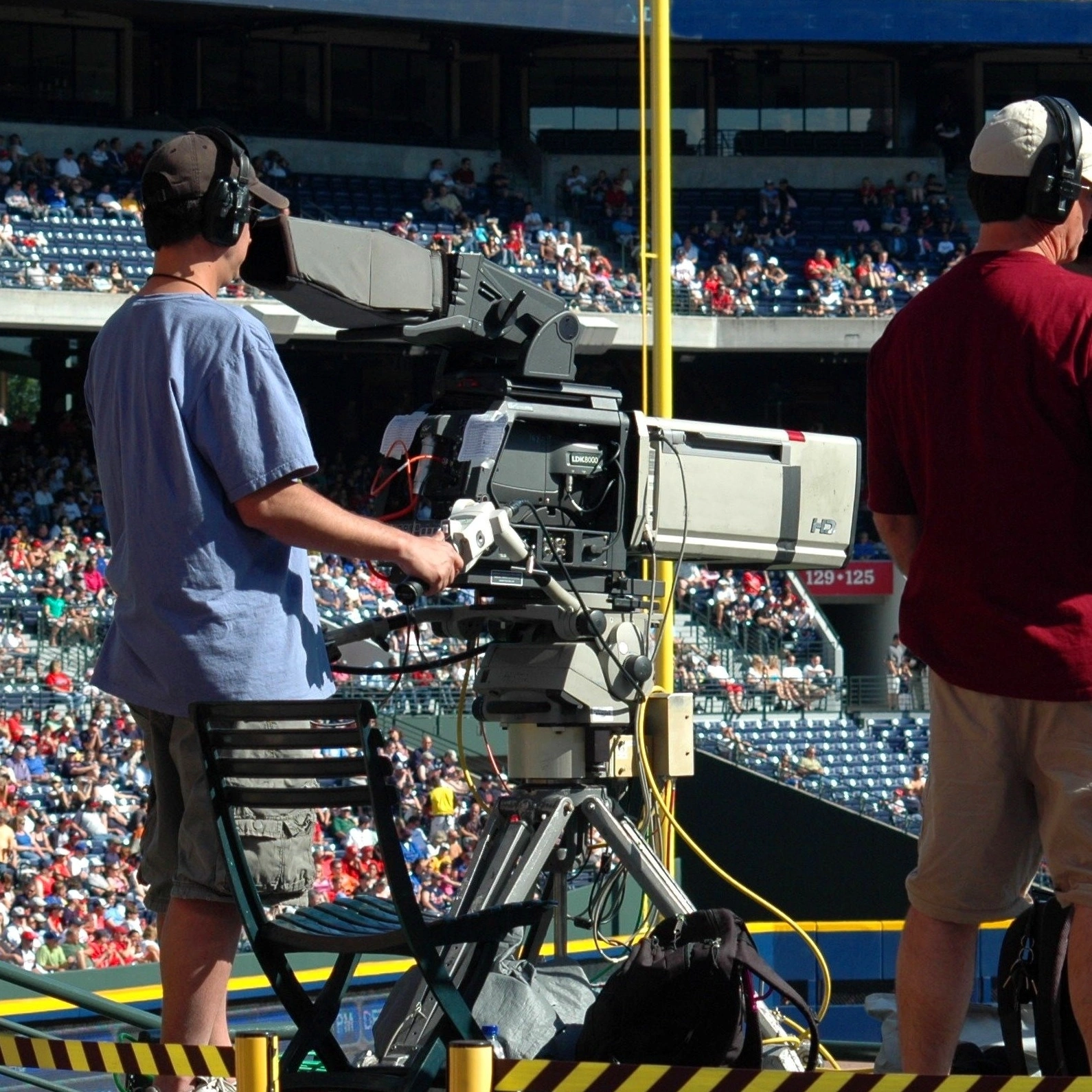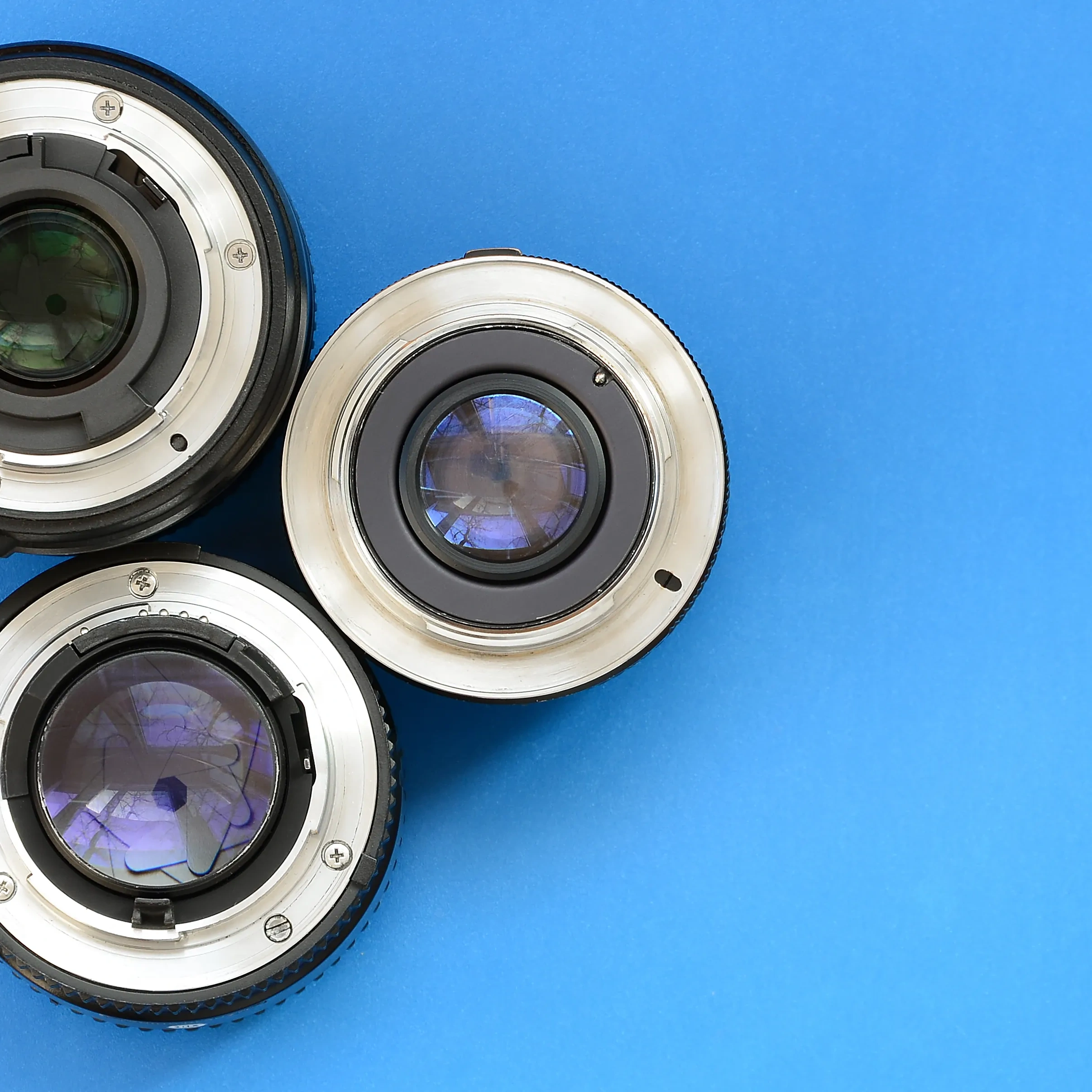In today’s manufacturing landscape, transparency and real-time insights are paramount. The integration of factory broadcast imaging cameras has become essential for quality assurance, remote audits, predictive maintenance, and even corporate storytelling. KAYA Vision’s Iron 661 camera, coupled with the Komodo III Quad CoaXPress over Fiber frame grabber, offers a seamless solution that bridges the gap between industrial imaging and live broadcast infrastructure.
Why KAYA Vision Cameras Matter
KAYA Vision’s Iron 661 camera stands out with its high pixel count, low latency interfaces, and rugged hardware, making it ideal for demanding industrial environments. It delivers 127.7 megapixels through a PCI Express Gen 3 interface, ensuring pristine images for inspection while maintaining the speed required for live broadcast switching.
Complementing the Iron 661 is the Komodo III Quad CoaXPress over Fiber frame grabber, which supports up to four independent CoaXPress streams, aggregating a total of 41.3 Gbps into the host workstation. Its optical links can stretch hundreds of meters without signal degradation, making it perfect for isolating high-EMI machinery from control rooms or on-premise broadcast nodes.
Key Requirements for an Industrial Imaging Workflow
To achieve seamless integration of factory broadcast imaging cameras, certain requirements must be met:
* Consistent image quality under variable lighting and vibration
* Lossless data transfer with deterministic latency
* Synchronization of multiple cameras for 360-degree coverage
* Seamless bridging to broadcast standards such as SMPTE 2110 or NDI
* Remote configurability through standard APIs
KAYA Vision cameras meet each requirement through advanced sensor technology, certified CoaXPress links, and extensive SDK support.
The heart of the workflow starts with the Iron 661 camera, which utilizes Sony’s IMX661 3.45 µm global-shutter sensor to avoid rolling artifacts common in conveyor belts and pick-and-place machines. With 8-bit to 14-bit output modes, engineers can tune dynamic range for reflective metal parts or dark plastic assemblies. Shutter speeds under 50 µs freeze even high-speed milling heads, while the PCIe Gen 3 interface ensures frames never queue up in camera memory.
Once images exit the camera, they traverse to the control room over fiber. The Komodo III Quad CoaXPress over Fiber frame grabber receives up to four independent CoaXPress streams, aggregating a total of 41.3 Gbps into the host workstation. Because fiber is immune to electromagnetic interference, critical data remains intact even beside welding robots or high-current drives. The Komodo III’s onboard FPGA performs packet re-ordering and zero-copy DMA, reducing CPU load.
Inside the host PC, engineers deploy machine vision algorithms—deep-learning defect detection, barcode reading, dimensional measurement—to turn raw images into actionable data. KAYA Vision’s SDK offers C, C++, Python, and GenICam compliance, so existing libraries such as OpenCV or Halcon integrate quickly.
After GPU compositing or simple color correction, the workstation must transcode the Iron 661 output into a broadcast-friendly protocol. Popular choices include H.265, JPEG XS, and uncompressed SMPTE 2110. Because the Iron 661 provides full frame synchronization signals, time-stamping is deterministic—an essential element when combining factory imagery with studio cameras during product launches or shareholder webcasts.
Step 5: Distribution and Switching
With compressed or mezzanine streams ready, the feed enters standard video routers or IP switchers. Many facilities use NDI 5 or SMPTE 2110 routers for flexibility, and both formats accommodate the low-latency demands of Iron 661 broadcasting. If redundancy is required, the same workstation can send parallel feeds over separate network cards, leveraging ST 2022-7 seamless protection switching.
Multi-Camera Synchronization
Larger production lines often demand multiple viewpoints—overhead, side-mounted, and microscopic. The Iron 661 features an external sync input allowing daisy-chains of cameras to share the same clock. When combined with the Komodo III Quad, four Iron 661 units remain locked within sub-microsecond accuracy. The captured frames align perfectly in both quality-control software and the live program feed, eliminating rolling shutter mismatch and simplifying multi-camera switching.
Industrial Toughness with Broadcast Polish
Unlike broadcast-only cameras that struggle with harsh environments, KAYA Vision cameras meet IP 50 ruggedness standards, optional extended temperature ratings, and M12 industrial connectors. Yet the imaging path integrates natively with broadcast gear, meaning the same camera can serve a maintenance technician at 7 AM and a marketing executive at noon.
Scale and Future Expansion
Because the Iron 661 and Komodo III rely on open standards, expanding from four to sixteen cameras only requires additional PCIe slots and standard network switches. Emerging codecs like JPEG XS and AV1 will drop bandwidth needs even further, but the baseline infrastructure remains valid. This protects capital investment while enabling continuous innovation.
KAYA Vision cameras provide the resolution and robustness required for inspection, while their interfaces align with modern IP broadcast. An Iron 661 broadcasting pipeline maintains sub-10-ms latency, suitable for live commentary and machine control. The Komodo III frame grabber over fiber removes distance constraints and EMI vulnerability. Unified SDKs and GenICam compliance simplify software integration and automation.




